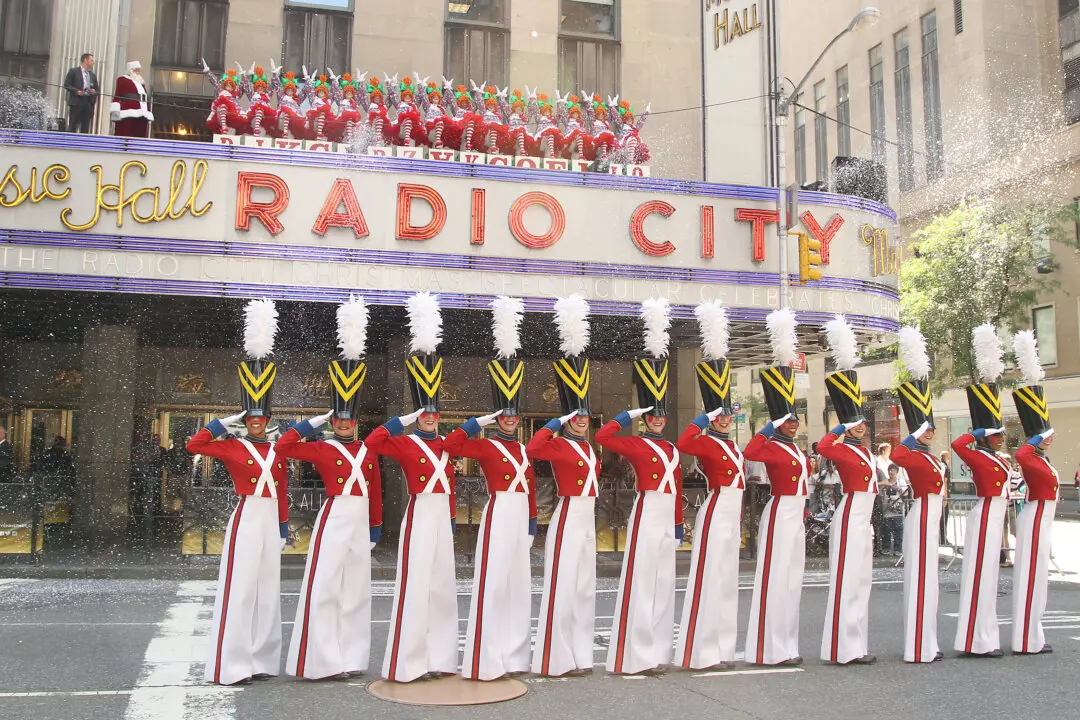Mary Millicent Miller (1846–1894) was born at the height of the steamboat era. Her affinity for steamboats was fueled, or perhaps created, by the fact she was born in Louisville, the city that lies right next to the Ohio River which separates Kentucky and Indiana. She grew up on the river and around the newest form of water transportation; her father, Andrew Garretson, was a steamboat engineer.
Shortly after the end of the Civil War, Mary married George Miller, who was a captain of his own steamboat, the Saline. Carrying cargo along the rivers, including the Ohio, Mississippi, and Red Rivers, Mary would assume the role of captain, while George piloted the 178-ton sternwheeler. The two ran their business for years, although Mary was not a licensed captain.






